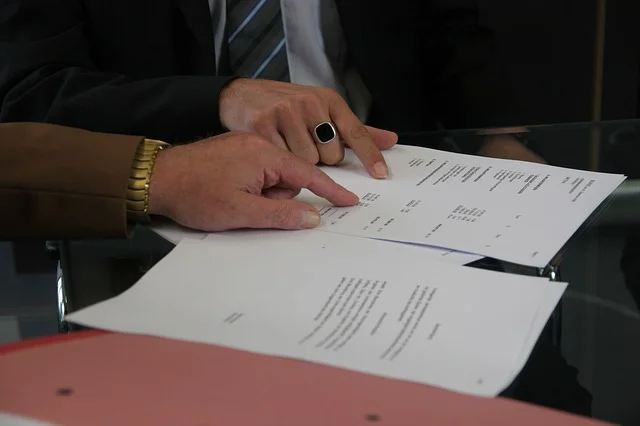|
|
Last Modified on Dec 19, 2022
Regardless of how many times you have gone through the home-buying process, there is going to come a time when you get a settlement statement from your lender. Odds are, you will need to learn how to read it in preparation for your closing. However, as attorneys who focus exclusively on real estate law, we are here to help. Not only should this process be fun, but you should be able to rely on your attorney to answer these types of questions for you. With that said, let’s begin:
Most lenders will provide their borrowers (you) with a closing disclosure. (Although this is the official name of the form, many lenders and attorneys refer to this as a “settlement statement.”) This standard form is five pages long and is associated with residential real estate transactions.
Page One
You will see the seller, buyer, property address, and loan amount. Additionally, your interest rate will be annotated. If it is adjustable, it will state how often it will adjust. Although your principal and interest are displayed, notice where it says “estimated escrow.” The reason it is “estimated” is that your taxes will change during the life of your loan. There are two important numbers at the bottom:
- Closings costs
- Cash to close (includes closing costs)
Page Two
This is an itemized list of your closing costs. Sections A-D are things you must pay anytime you get a loan, including if you refinance. (This is where you will see your attorneys fees, title search fee, lender’s title insurance, etc.) The rest are things other entities require you to pay or prepay.
- Section E: Recording fees
- Section F: Prepaids
- Section G: Escrow (it cannot be at zero if you have escrow)
- Section H: Miscellaneous items
Page Three
This shows you a comparison of the first loan estimate you received to the final closing disclosure (i.e., the document you are looking at). The left side is a list of the things your lender needed you to bring. This is what you owe, including the sales price, closing costs, and pro-rated items such as HOA dues.
The bottom half, subsequently, displays what you have paid or borrowed. People who buy homes in North Carolina will be aware of earnest money and due diligence fees. If you have paid them, you will see that annotated in this section.
Page Four
We like to explain this to borrowers as the “cliff notes.” All the essential elements of your loan appear as bullet points. If you are wondering if prepayment fees are associated with your loan, the answer will be in the cliff notes.
Page Five
This is the page no one likes. A chart will show you what the loan will cost you over your term if you never pay any extra money toward your principal. The number will be staggeringly high, but it is the most you can expect to pay.
Still Confused? Get in Touch with Us!
Although this article was meant to help you read your settlement statement, take comfort in knowing that we will still guide you through each line of it. If you walk away from the closing table smiling (despite what the amount says on page five), then we have done our job. Let’s team up for your next closing. Contact Thomas & Webber Law at the Lake to schedule a consultation today.





